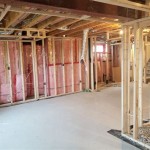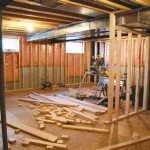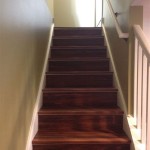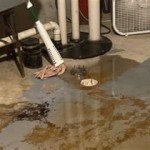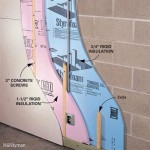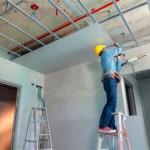Essential Aspects of Basement Waterproofing Systems Do It Yourself
A damp or flooded basement can be a major headache for any homeowner. Not only is it unsightly and uncomfortable, but it can also lead to serious structural damage and health problems. If you're looking for a way to keep your basement dry and comfortable, a waterproofing system is a great option.
There are a variety of different basement waterproofing systems available, but they all share some common essential components.
Interior Drainage
An interior drainage system collects water that seeps into your basement from the walls or floor. The water is then directed to a sump pump, which pumps it out of the basement. Interior drainage systems are a relatively inexpensive and easy way to waterproof your basement, and they can be installed by a do-it-yourselfer.
Exterior waterproofing systems are installed on the outside of your home's foundation. They work by preventing water from entering your basement in the first place. Exterior waterproofing systems are more expensive than interior drainage systems, but they are also more effective.
Vapor barriers are installed on the inside of your basement walls to prevent moisture from evaporating into the air. Vapor barriers are a simple and inexpensive way to reduce the humidity in your basement and prevent mold and mildew growth.
Dehumidifiers remove moisture from the air in your basement. Dehumidifiers are a good option for basements that are not too damp. However, they can be expensive to operate and they may not be effective in very damp basements.
The best basement waterproofing system for your home will depend on a variety of factors, including the severity of your water problem, the size of your basement, and your budget. If you're not sure which system is right for you, it's a good idea to consult with a professional waterproofing contractor.
Basement waterproofing systems can be installed by a do-it-yourselfer or a professional contractor. If you're confident in your DIY skills, you can save money by installing the system yourself. However, if you're not comfortable working with plumbing or electrical systems, it's best to hire a professional.
Once your basement waterproofing system is installed, it's important to maintain it regularly to ensure that it continues to work properly. This includes cleaning the sump pump, checking the vapor barrier for tears, and replacing the dehumidifier filter.
Basement waterproofing systems are an effective way to keep your basement dry and comfortable. By choosing the right system and maintaining it regularly, you can protect your home from water damage and enjoy a healthier, more comfortable living space.

Diy Basement Waterproofing By Triad

Diy Basement Waterproofing Sealonce System Easy Installation Waterproof Com

Waterproof Basement Waterproofing Remodeling Diy

Do It Yourself Basement Waterproofing The Right Choice

How Does Interior Basement Waterproofing Work

Basement Waterproofing System Products How To Waterproof A Decor Wet Diy

Basement Waterproofing How To Install A Water Drainage System Diy

Why Diy Basement Waterproofing Is A Bad Idea Foundations Ottawa

Diy Basement Waterproofing Sealonce System Easy Installation Waterproof Com

The 3 Major Approaches To Basement Waterproofing News And Events For Systems Inc

